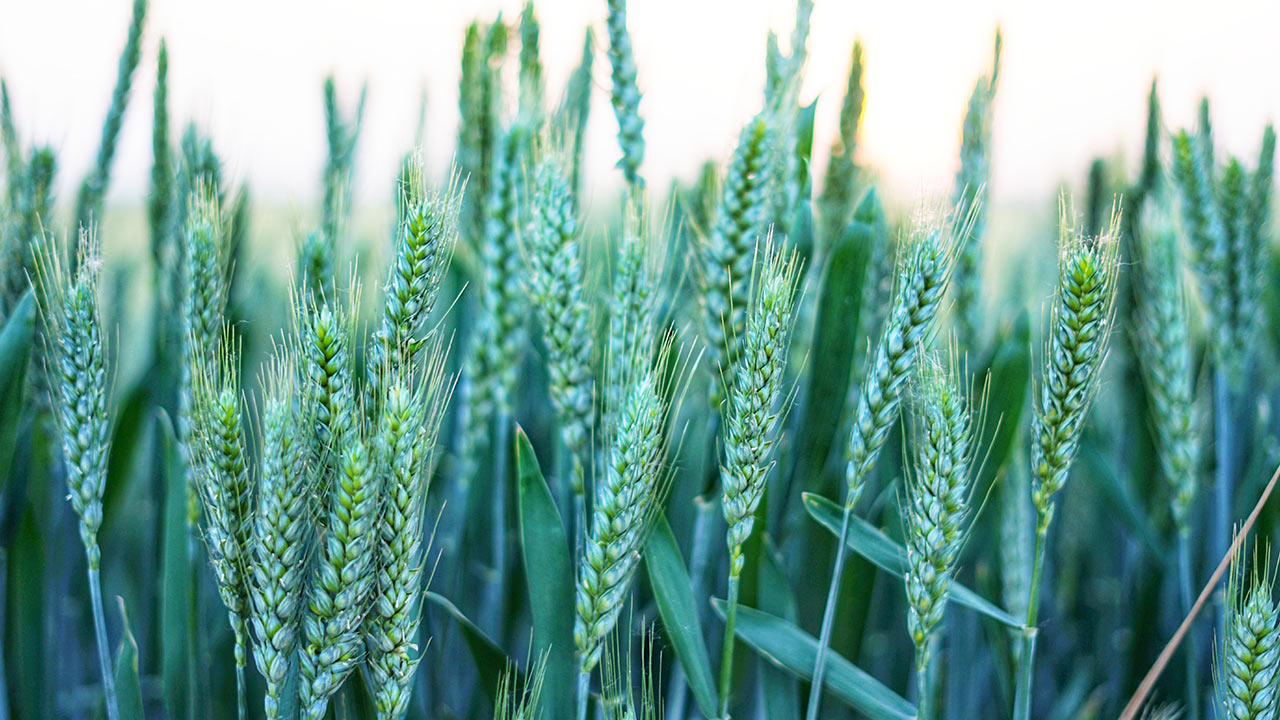
Leaf feeding (foliar feeding) of winter wheat is an important agronomic practice that maximises the potential of the crop, reports World of NAN.
Under unfavorable weather conditions, when the soil is still not warm enough or lacks moisture, the vegetative organs of plants work more productively than the root system. Therefore, foliar fertilization at this time is an effective tool that can provide plants with the necessary micronutrients at the right time.
It is advisable to start fertilizing winter wheat as early as autumn, when the 3-5 leaf phase is reached. At this time of year, microfertilizers should be applied in a tank mixture with urea. Manganese plays an important role in this period: it activates redox processes and helps to increase the sugar content in plants. As a result, the winter hardiness of crops increases, which is especially important during the dormant period.
The next stage is early spring fertilization of winter crops. Plants awaken from winter hibernation, resume active sap movement and growth processes, continue active tillering and enter the phase of tube emergence. During this period, it is very important to keep under control the content of nitrogen, phosphorus, potassium, sulphur, zinc, magnesium, manganese and a number of other elements.
Why are these micronutrients so important? Sulphur - promotes better nitrogen assimilation and increases the protein content of winter grain if used in the late phases of development. Boron - strengthens the root system, promotes better synthesis of chlorophyll and participates in the formation of generative organs. Copper - plays an important role in photosynthesis, enhances plant immunity and formation of generative organs, and improves nitrogen assimilation. Zinc - increases plant resistance to drought and disease, as well as the protein content of grain.
Смотрите больше интересных агроновостей Казахстана на нашем канале telegram,
узнавайте о важных событиях в facebook и подписывайтесь на youtube канал и instagram.



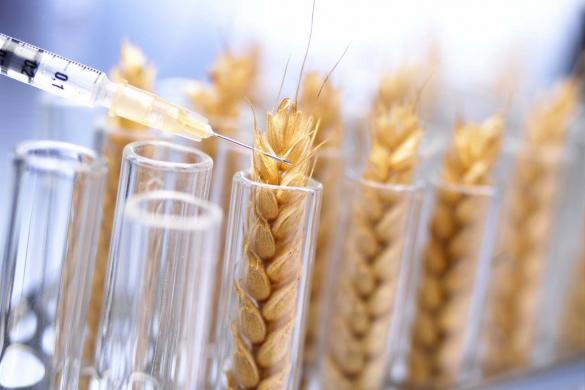
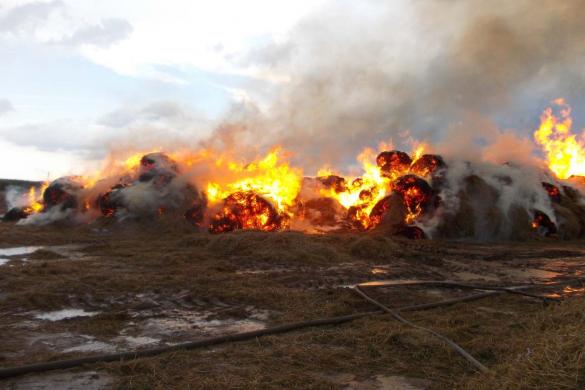









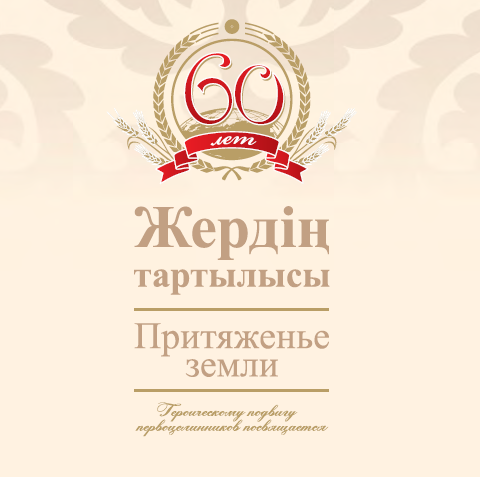



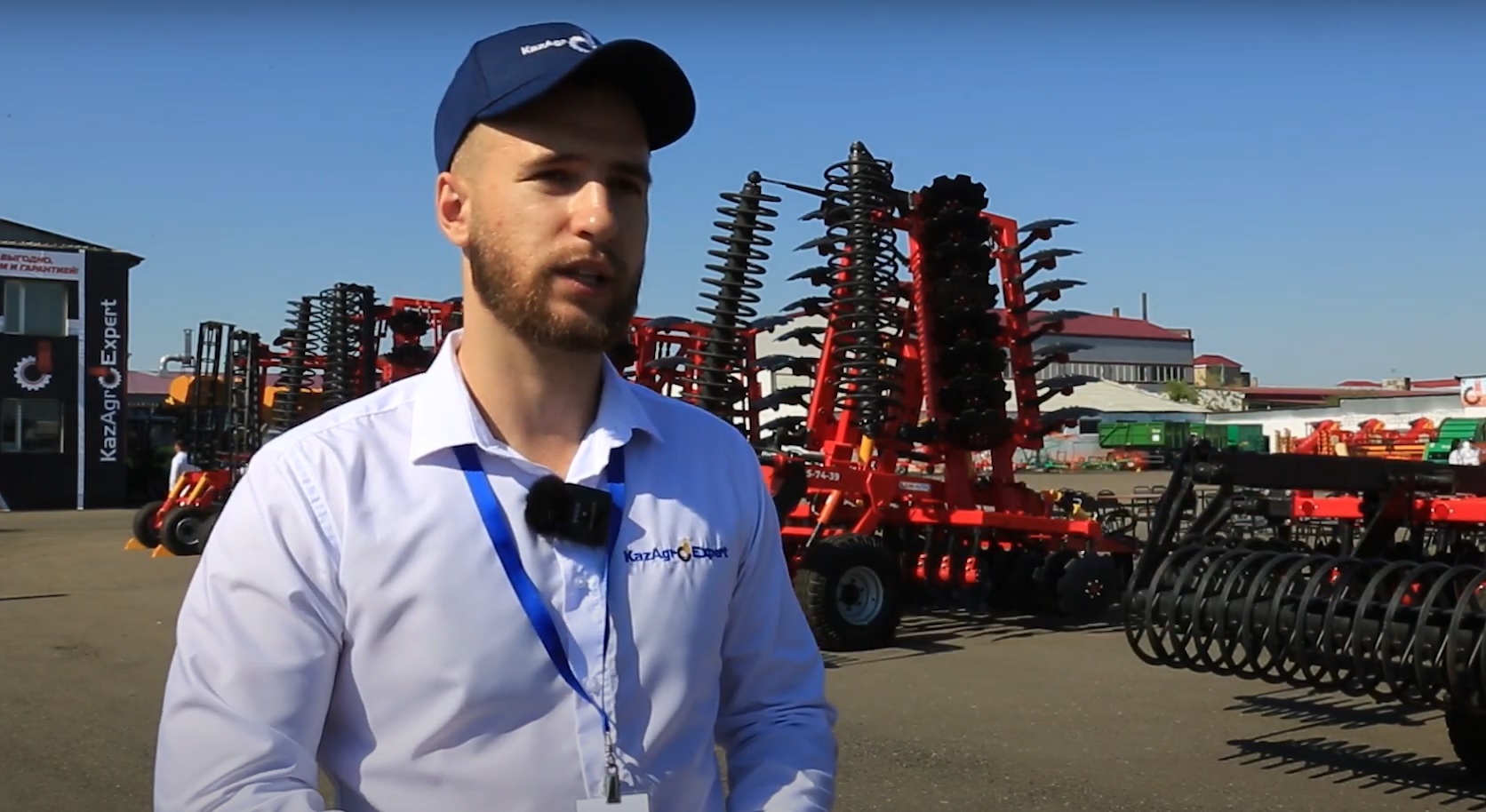
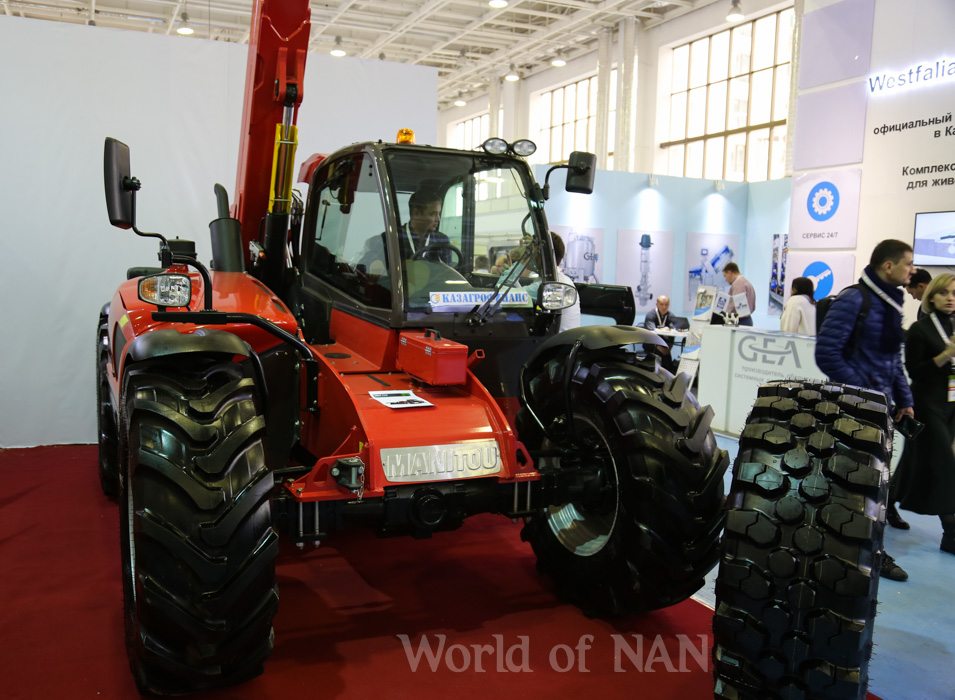

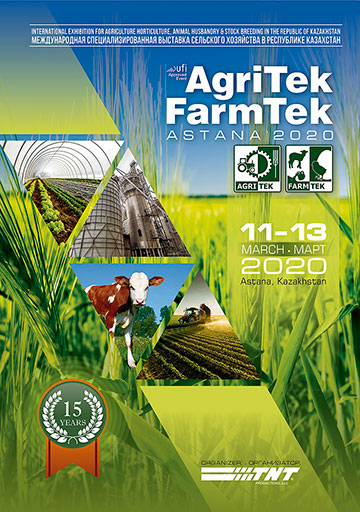










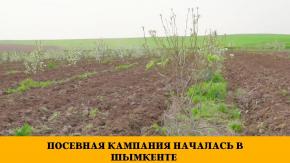








Обсуждение